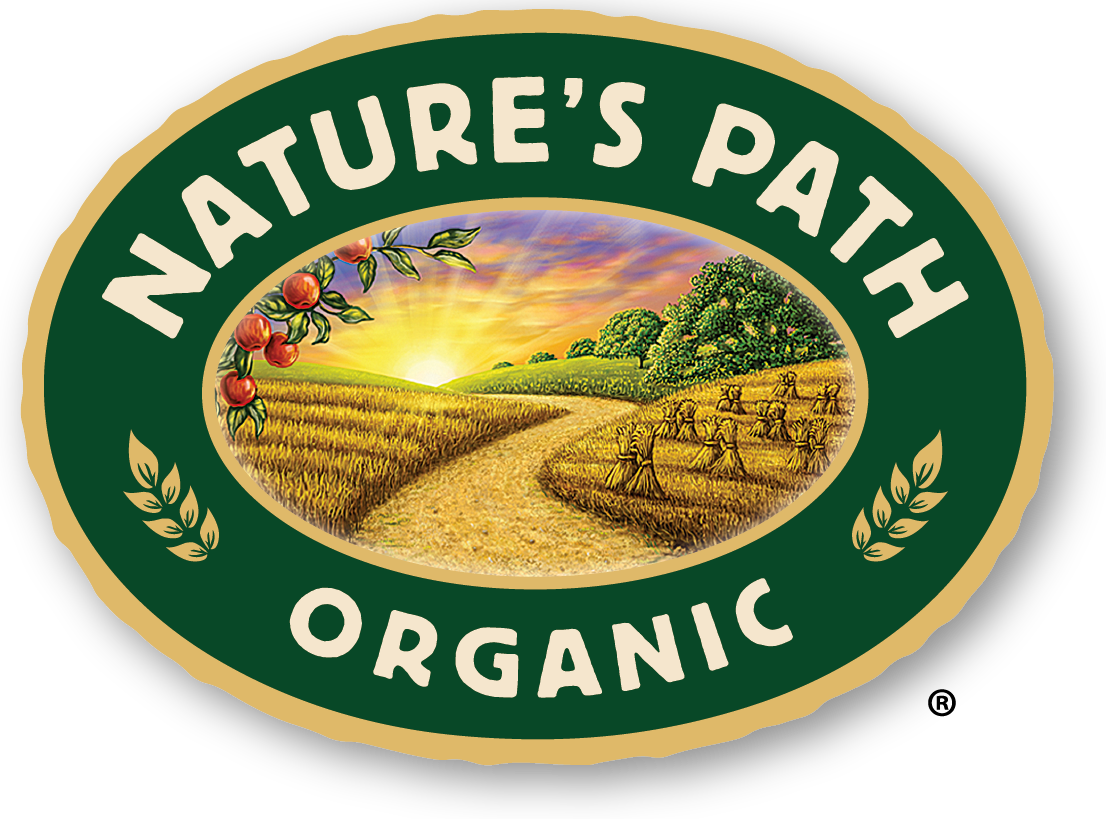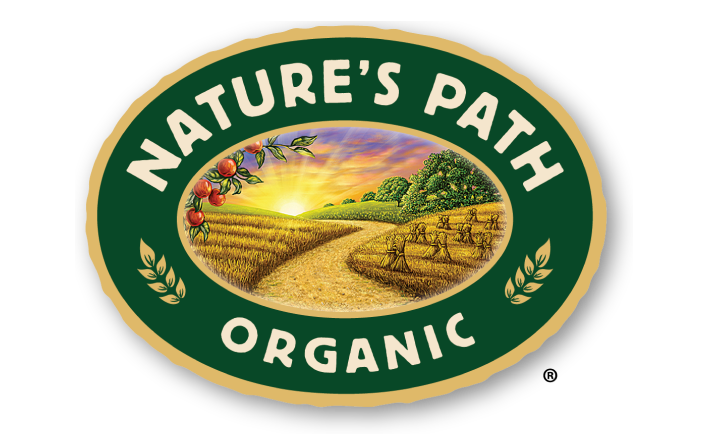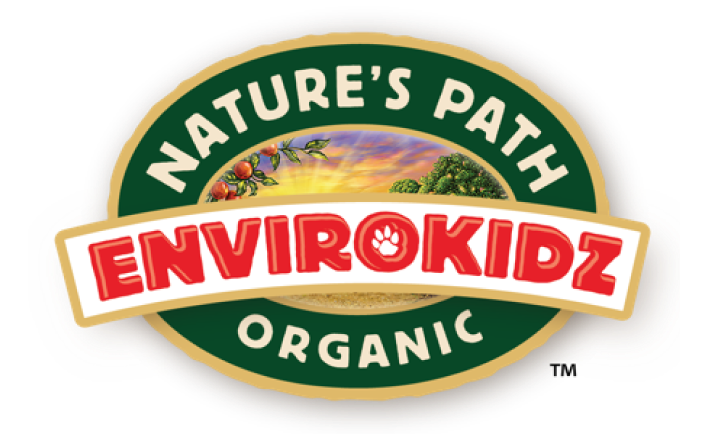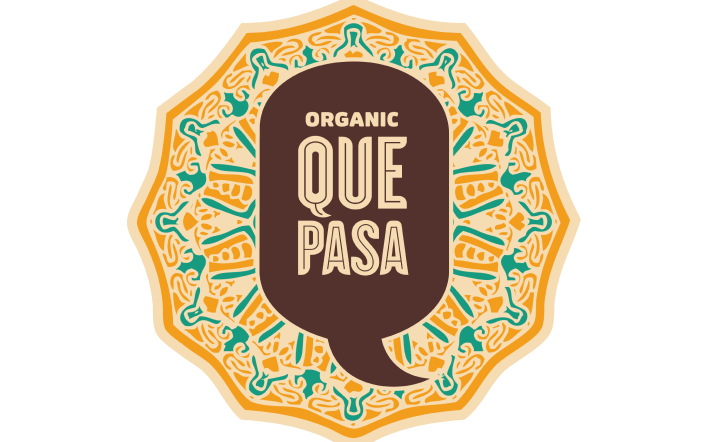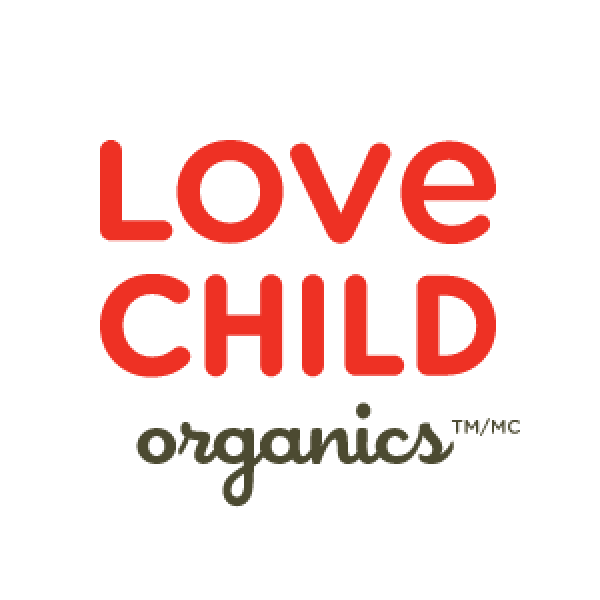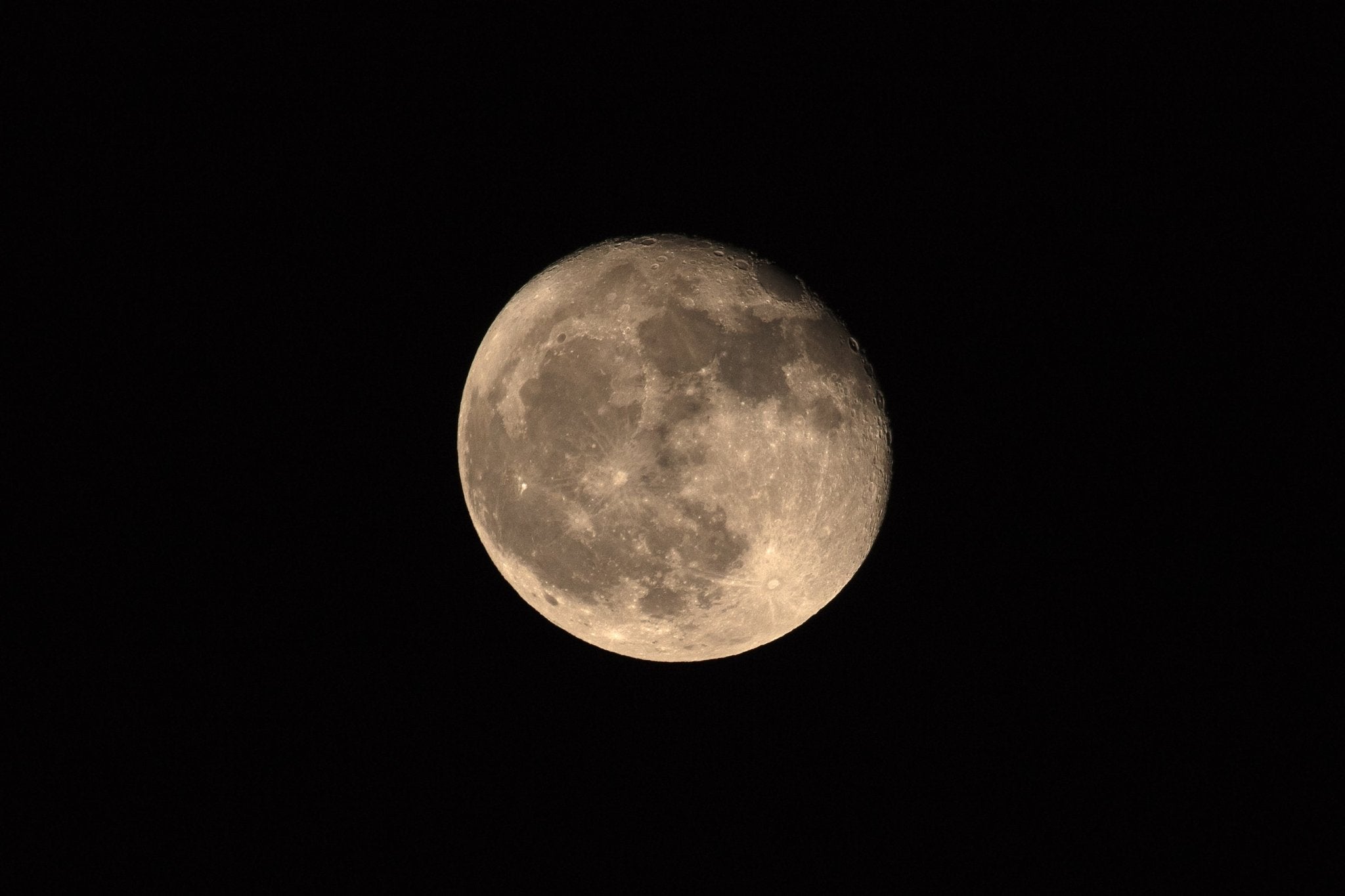
Gardening by the Moon
Tags:
Working by the moon’s phases during the garden season is not new. It is said that ancient cultures grew by the moon, and Pliny the Elder wrote of it in his botanical works. Gardening by the moon has long been a part of folklore, and stories of its effectiveness have been passed down for centuries.
We’ve all been affected by the full moon. We get energized and active, physically and emotionally. Emergency rooms are even busier during full moon cycles!
The gravitational pull of the moon creates high tides. During its waxing phase from new to full, the moon similarly affects soil moisture in the field or in a greenhouse, pulling it closer to the surface. As tides rise, so does the water in your garden. This positively influences plant growth, because necessary moisture is more available. Seeds absorb water more quickly, hastening germination, and giving the plants a robust start. Transplants get the extra moisture they need to adjust to being in the ground.
Moon phases and garden tasks
Certain garden chores should be done in sync with specific moon phases. After the crescent during the waxing phase, moonlight gets brighter and the gravitational pull stronger, encouraging above-ground growth of stems and leaves. This is a good time to plant leafy annuals such as greens, corn, grains, broccoli, and cabbage. Between the first quarter and the full moon is the best time to plant annuals with seeds in the fruit, such as beans, tomatoes, squash, peas, and peppers. When the moon is full, the light and available moisture are at their peak. After the full moon in the waning phase, moonlight and moisture begin to decrease. Growing energy shifts to below-ground growth, making this a good time to plant root crops, such as beets, carrots, turnips, onions, and potatoes. In the ornamental landscape, it’s time to plant bulbs, biennials, and perennials. Do your pruning now, divide perennials, and plant trees. In the final moon phase, heading back to the dark of the new moon and the least amount of gravitational pull, it’s time to let the garden rest. Take care of maintenance by weeding, mulching, fertilizing, and harvesting. Do not plant until after the first crescent. When you harvest vegetables near the new moon, they will keep longer. Use this time to pick and store things like apples, potatoes, and winter squash.Zodiac signs
There are four elements of zodiac signs - Fire, Air, Earth, and Water. You can utilize these to further your moon gardening efforts. When the moon is in a:- Fire sign - plant seeds for annuals
- Air sign - plant flowers
- Earth sign - plant root crops
- Water sign - plant leafy vegetables and grasses
Would you like to be the first to hear about our new products and more? Sign up for our Nature’s Path Newsletter.
